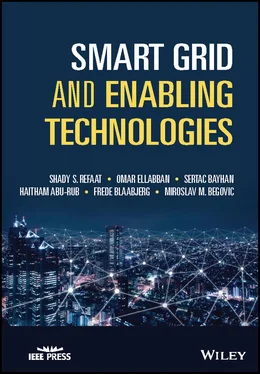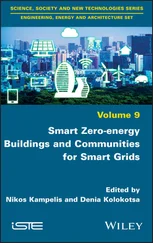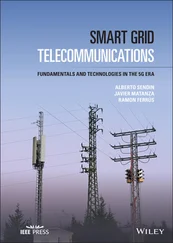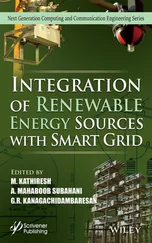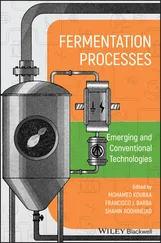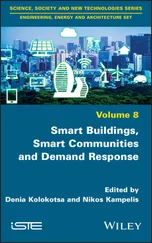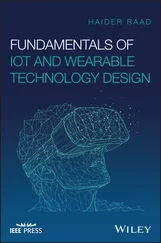Frede Blaabjerg - Smart Grid and Enabling Technologies
Здесь есть возможность читать онлайн «Frede Blaabjerg - Smart Grid and Enabling Technologies» — ознакомительный отрывок электронной книги совершенно бесплатно, а после прочтения отрывка купить полную версию. В некоторых случаях можно слушать аудио, скачать через торрент в формате fb2 и присутствует краткое содержание. Жанр: unrecognised, на английском языке. Описание произведения, (предисловие) а так же отзывы посетителей доступны на портале библиотеки ЛибКат.
- Название:Smart Grid and Enabling Technologies
- Автор:
- Жанр:
- Год:неизвестен
- ISBN:нет данных
- Рейтинг книги:3 / 5. Голосов: 1
-
Избранное:Добавить в избранное
- Отзывы:
-
Ваша оценка:
- 60
- 1
- 2
- 3
- 4
- 5
Smart Grid and Enabling Technologies: краткое содержание, описание и аннотация
Предлагаем к чтению аннотацию, описание, краткое содержание или предисловие (зависит от того, что написал сам автор книги «Smart Grid and Enabling Technologies»). Если вы не нашли необходимую информацию о книге — напишите в комментариях, мы постараемся отыскать её.
Smart Grid and Enabling Technologies
Smart Grid and Enabling Technologies
Smart Grid and Enabling Technologies — читать онлайн ознакомительный отрывок
Ниже представлен текст книги, разбитый по страницам. Система сохранения места последней прочитанной страницы, позволяет с удобством читать онлайн бесплатно книгу «Smart Grid and Enabling Technologies», без необходимости каждый раз заново искать на чём Вы остановились. Поставьте закладку, и сможете в любой момент перейти на страницу, на которой закончили чтение.
Интервал:
Закладка:
1.2.3 Electric Power Distribution
The distribution network is the last stage in electric power delivery responsible for carrying electricity from the transmission and sub‐transmission systems to end users. There are four main arrangements used in electric power distribution: radial, parallel feeders, ring main, and interconnected (mesh) systems as shown in Figure 1.3[9]. Distribution networks typically have a radial topology “star network,” with merely a single power flow path between the distribution substation and a certain load (unidirectional power flow). Distribution networks rarely implement a ring or loop topology, with two power flow paths between the distribution substation and the load [10]. Moving toward renewable energy systems and introducing distributed generators (DGs) enforces the use of bidirectional power flows which causes many challenges for traditional distribution systems. A transformation to the SG paradigm includes smart elements to allow for bidirectional power flow and ES technologies. ES systems may include pumped hydro, compressed air, electrochemical batteries, flow batteries, compressed air, superconducting magnetic ES, supercapacitors, and flywheels.
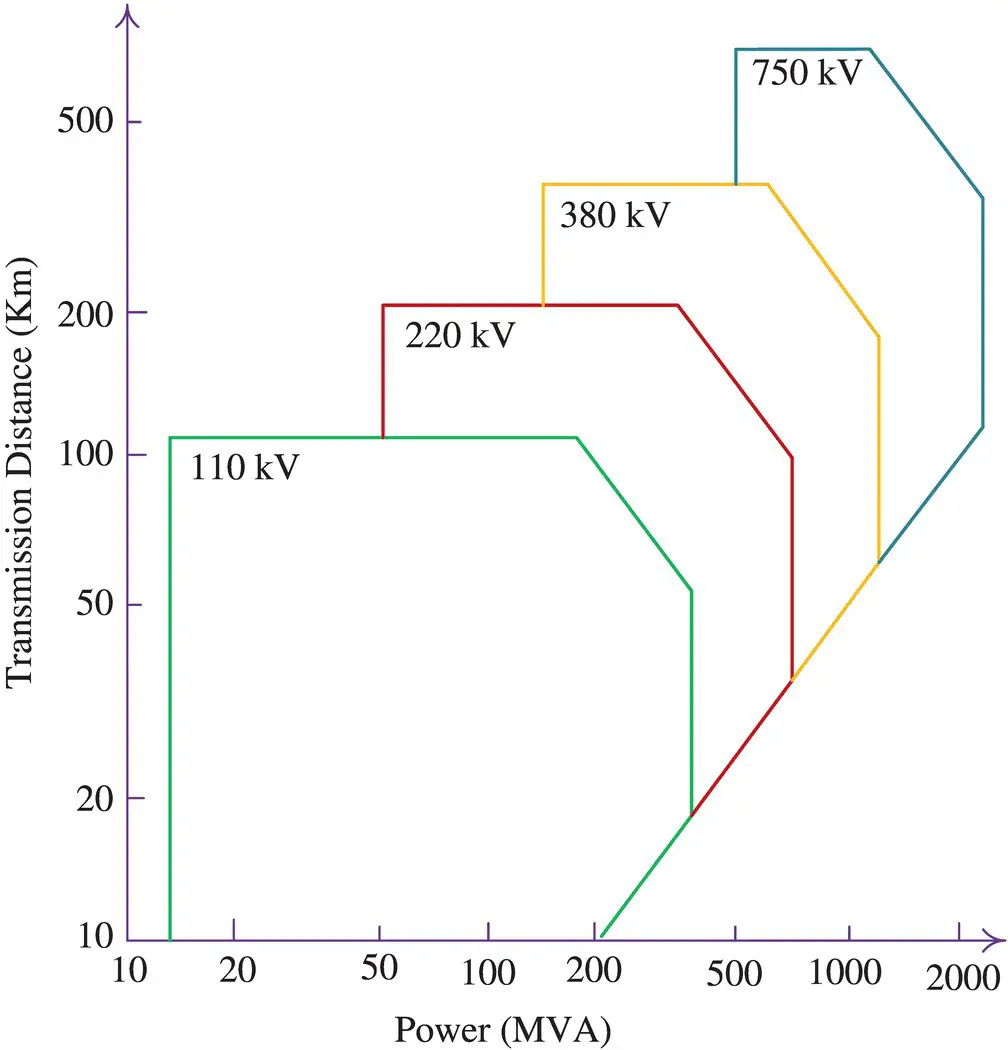
Figure 1.2 Selection of rated voltage for three‐phase AC transmission line. Ref [8]. Reproduced with permission from John Wiley & Sons.
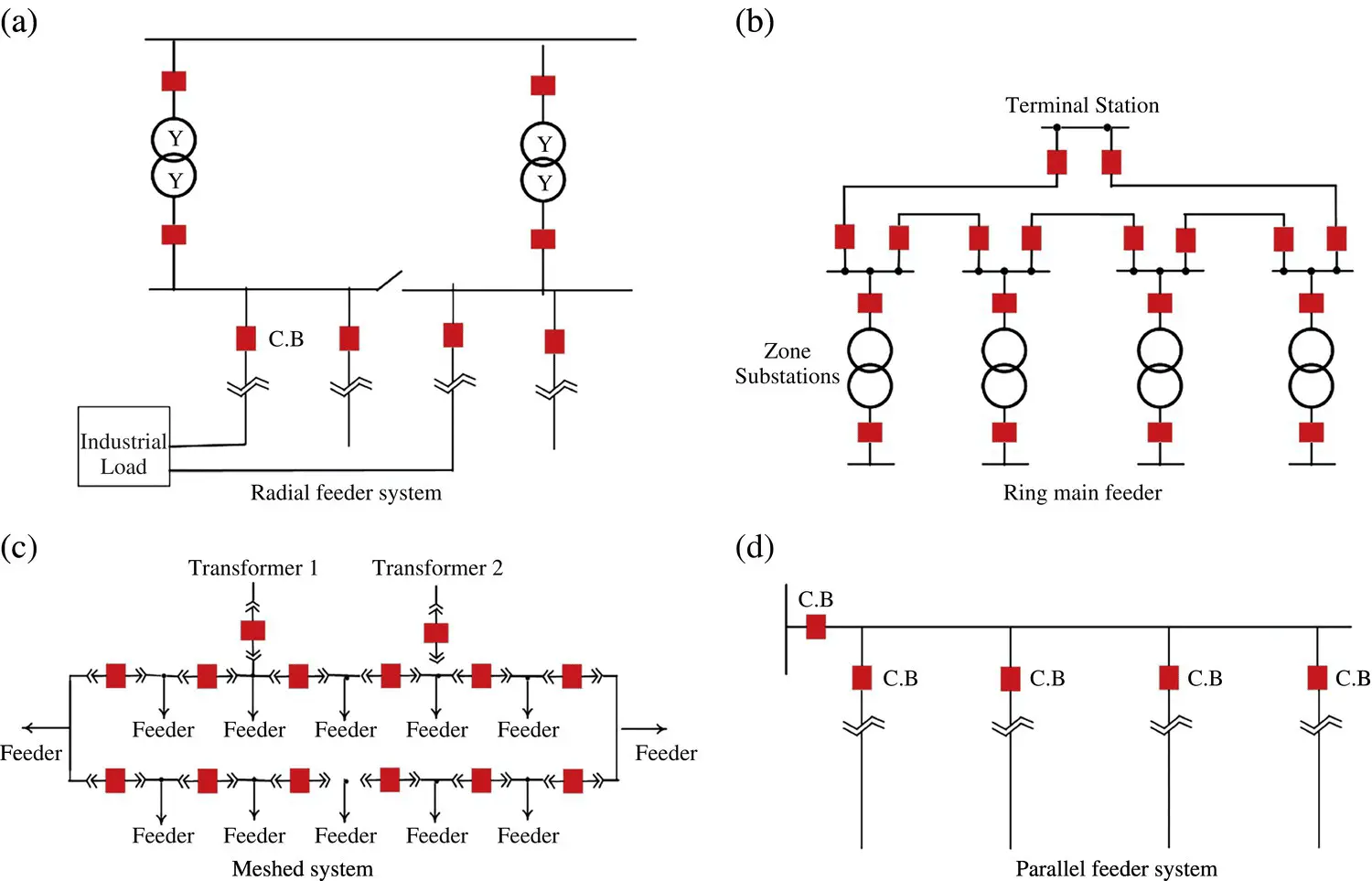
Figure 1.3 Main types used in electric power distribution, (a) Redial feeder system. (b) Ring main feeder. (c) Meshed system. (d) Parallel feeder system. Adapted from Ref Num [9].
1.3 Limitations of the Traditional Power Grid
The first AC generating system was built more than 130 years ago as a centralized and unidirectional system [11]. The traditional power network consists of various elements such as conductors, transformers, switches, relays, etc. for safely delivering electricity to end consumers. The traditional power grid is a centralized control and management system that uses a supervisory control and data acquisition (SCADA) as shown in Figure 1.4.
Developing real‐time control, supervision, and monitoring systems with a smart protection system is essential to optimize the production and consumption of electricity, to improve the overall efficiency, and to ensure the grid's reliability. The challenge is that several new generation sources must randomly connect and disconnect seamlessly with the distribution grid. Moreover, controlling a large number of different sources with different characteristics is of the utmost importance due to the possibility of conflicting requirements and limited communication resources [12]. Those are essential challenges for transforming the current grid into an SG. Other challenges before implementing the SG could be as follows:
1.3.1 Lack of Circuit Capacity and Aging Assets
In many locations worldwide, the power system has extended widely since the 1950s and the distribution and transmission equipment are now beyond the expected lifetime and require replacement. The capital costs of like‐for‐like change are very high. A typical large‐scale utility may require hundreds of billions of dollars to fully modernize the whole grid's infrastructure, which is an overrated cost and should decrease gradually over time. The practical solution is to transform this overstrained infrastructure into an SG, which may even take 20 years or more.
1.3.2 Operation Constraints
Every power system should operate within predefined voltage and frequency limits. The capacity of traditional distribution circuits is restricted by power limits and the changes in voltage and frequency that exist between maximum and minimum loads. Different actions should be taken to vary the output of generations according to the demand, as well as to reconfigure and optimize the network to prevent system collapse. Increasing the output of generation as per demand at different points in the network is an acceptable solution in case the overloads are small and infrequent [13]. If constraints continue to exist, other solutions should be considered such as advancing the capacity of current power lines, including new lines, or producing separate electricity “highways” to avoid the affected parts, which is still of high cost. SG paradigm can achieve the energy management in a cheaper way by engaging end users in managing their consumption levels which protects the grid without the need to add new expensive infrastructure.

Figure 1.4 Traditional power grid.
1.3.3 Self‐Healing Grid
Nowadays, society needs a growing reliable electricity supply as crucial loads are increasingly connected. The conventional approach is to add more redundant systems, at a considerable environmental impact and capital cost. No action has been needed to maintain supply after a fault other than disconnecting the faulty circuit. The SG paradigm allows for distributed renewable energy generation and intelligent post‐fault reconfiguration and self‐healing for sustained electricity supply at significantly reduced cost [14]. Better utilization of assets can be achieved with SG at fewer redundant circuits, lower cost, and higher efficiency.
1.3.4 Respond to National Initiatives
Many agencies and policy makers are promoting SG initiatives as cost‐effective solutions for modernizing their power systems while activating the deployment of low‐carbon energy resources. Advancements of the SG can be noticed in a number of countries. Governments are aware that the SG principle is able to mitigate various blackouts and contingencies at lower cost. Many of SG technologies are already deployed, whereas others are in the demonstration and planning phases. Lastly, the increasing concerns over the natural disasters and terrorist attacks in many countries have motivated the governments to call for a more resilient grid that is less dependent on centralized power stations. SG solutions respond to those challenges and expectations.
1.4 Smart Grid Definition
The Department of Energy (DOE) defines the SG as “the electricity delivery system, from point of generation to point of consumption, integrated with communications and information technology for enhanced grid operations, customer services, and environmental benefits” [15]. The SG implements electricity, information, and communication infrastructures to generate power more efficiently and reliably, and as cleanly and safely as possible for preserving the environment [16]. The European Technology Platform defined the SGs as “an electricity network that can intelligently integrate the actions of all users connected to it generators, consumers, to efficiently deliver sustainable, economic and secure electricity supply” [17]. From the previous definitions, it is evident that the SG is an electrical grid that entails a variety of smart technologies, operations, and measurements such as smart meters, smart appliances, renewable energy resources, electric vehicle, flexible loads, smart markers, various energy‐efficient programs, and smart end users. The SG includes the benefits of advanced communications and information technologies that provide real‐time information which can intelligently and cost‐effectively integrate the behaviors and actions of all users connected to it, i.e. generators, operators and consumers. This will ensure reliable, efficient, and economically viable solutions for the continuous delivery of clean and affordable energy. One important difference between present grids and the SG is the two‐way exchange of power and information within the grid. The conceptual model of a SG is shown in Figure 1.5[18]. SG implements innovative products and services along with intelligent monitoring, control, communication, and processing to:
Читать дальшеИнтервал:
Закладка:
Похожие книги на «Smart Grid and Enabling Technologies»
Представляем Вашему вниманию похожие книги на «Smart Grid and Enabling Technologies» списком для выбора. Мы отобрали схожую по названию и смыслу литературу в надежде предоставить читателям больше вариантов отыскать новые, интересные, ещё непрочитанные произведения.
Обсуждение, отзывы о книге «Smart Grid and Enabling Technologies» и просто собственные мнения читателей. Оставьте ваши комментарии, напишите, что Вы думаете о произведении, его смысле или главных героях. Укажите что конкретно понравилось, а что нет, и почему Вы так считаете.
